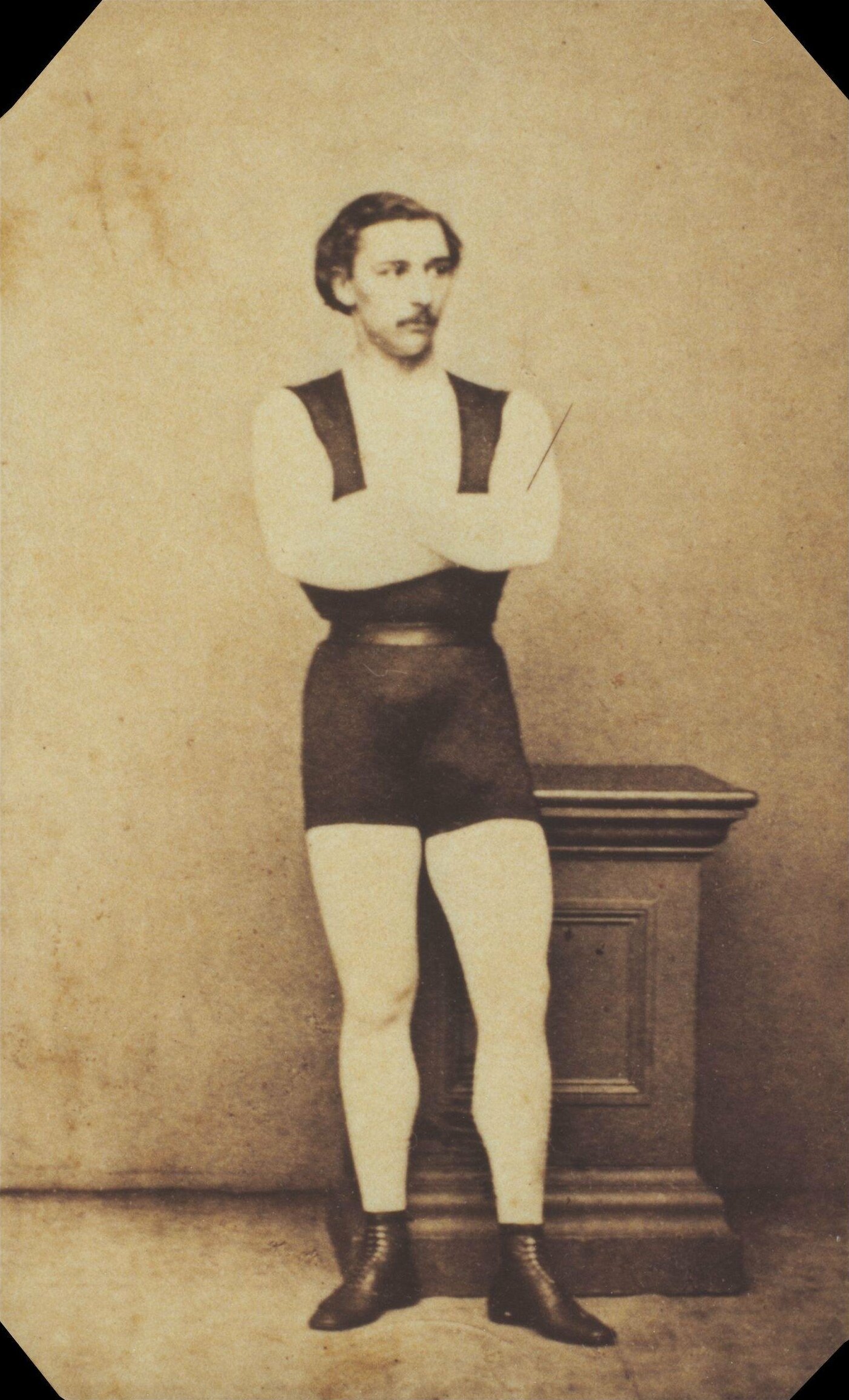

Spooky Tooth was a hard, bluesy and at times psychedelic English rock band whose main run was from 1967 to 1974, though they re-formed several times in later years.
Their name is very unusual but - spoiler alert - I have no origin story for it. Unless there is some hidden meaning, the most I could find was that it can refer to a literal tooth - one that is visibly dead or discolored, particularly when seen on an otherwise attractive woman or man.
Why a band would want to use that meaning as their name is inexplicable.
The band prior to this name had been called Art. They had one album, "Supernatural Fairy Tales." It was produced by Guy Stevens and released in 1967. Their final line-up was guitarist Luther Grosvenor, vocalist Mike Harrison, drummer Mike Kellie, and bassist Greg Ridley. When American Gary Wright joined the band on keyboards, Art became Spooky Tooth.
The Rolling Stone Record Guide in 1979, describes the band this way: "If ever there was a heavy band, Spooky Tooth had to be it. Featuring two vocalists prone to blues-wrenching extremes, and an instrumental attack comprising awesomely loud keyboards and guitars, Spooky Tooth came on like an overwhelming vat of premedicated goo."
But the band never achieved real commercial success.
1969 photo by Magnussen CC BY-SA 3.0 de, Link
Their debut album, It's All About, was released in June 1968 on Island Records. It was produced by Jimmy Miller, who had worked with Spencer Davis Group, Traffic, the Rolling Stones and Blind Faith. Their sound was somewhat unique as it utilized both an organ and a piano player.
Despite talented musicians and a good production team, the album did not sell well. That was also true of their follow-up, Spooky Two (1969). The albums and band performances were generally favorably reviewed but without good sales two would be the final release by the original lineup.
Two songs from that second LP received significant airplay - "Evil Woman" and "Better by You, Better than Me."
Ridley left to join Humble Pie replaced by Andy Leigh for the experimental electronic music album Ceremony. It was a disaster and Wright left the band following the release of the album. Harrison, Grosvenor and Kellie remained and recorded The Last Puff in 1970 aided by members of Joe Cocker's Grease Band (guitarist Henry McCullough, keyboardist Chris Stainton and bassist Alan Spenner).
After this, the band goes through a number of lineup changes and disbanded in 1971 only to reform in 1972 with Harrison and Wright and released You Broke My Heart So I Busted Your Jaw in 1973.
More band member changes and several albums happened but still without any major success.
Grosvenor joined Mott the Hoople (using the name Ariel Bender) replacing Mick Ralphs who left to form Bad Company. Mick Jones went on to form Foreigner in 1976.
Wright began to develop an international solo career in the 1970s and had a big hit with "Dream Weaver."
Harrison, Grosvenor, Ridley and Kellie reunited as Spooky Tooth at points in 1997 and 1998, which resulted in an album, Cross Purpose. Spooky Tooth with original members Mike Harrison and Gary Wright and new musicians reformed and toured in 2009.
Kellie died in 2017 and Harrison died in 2018.












